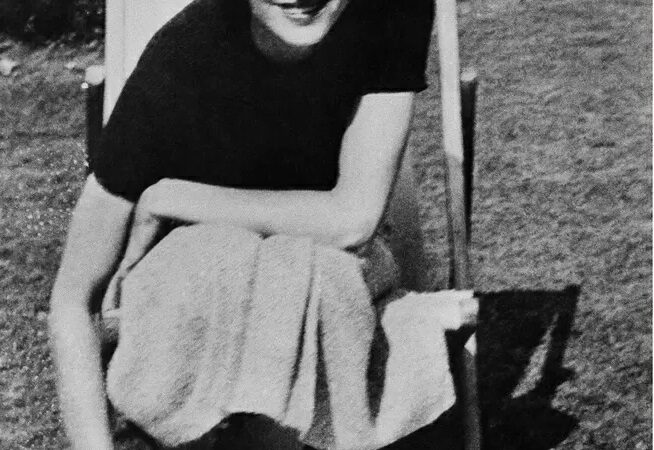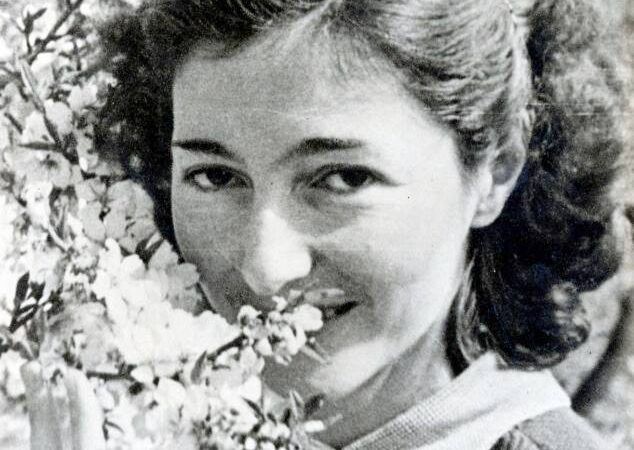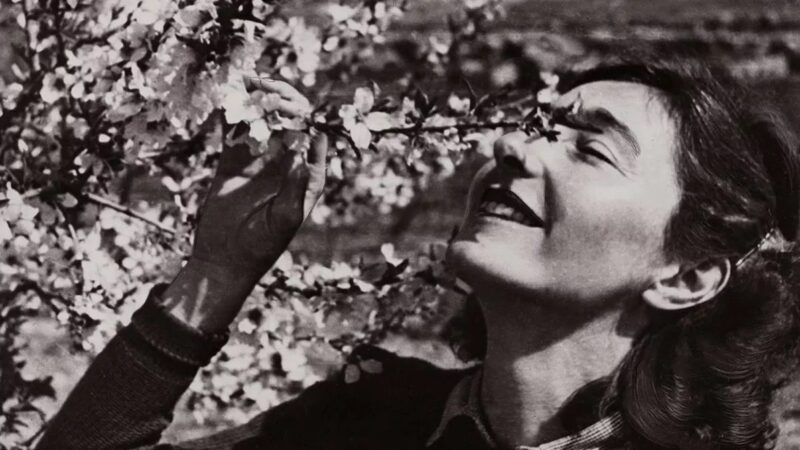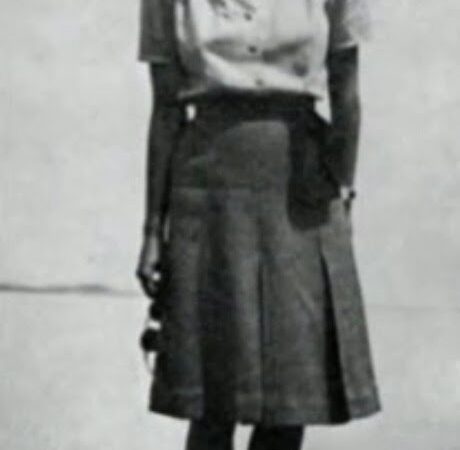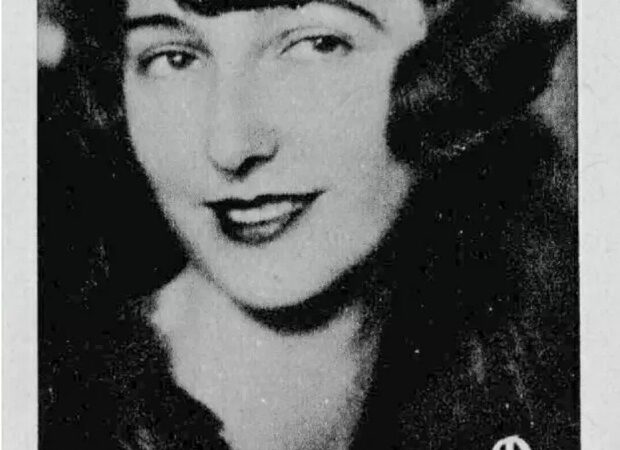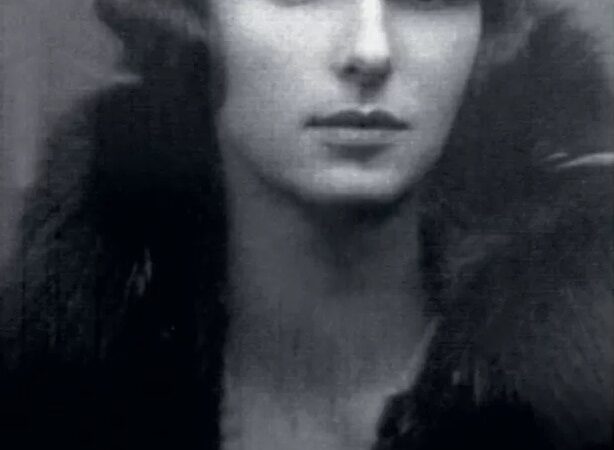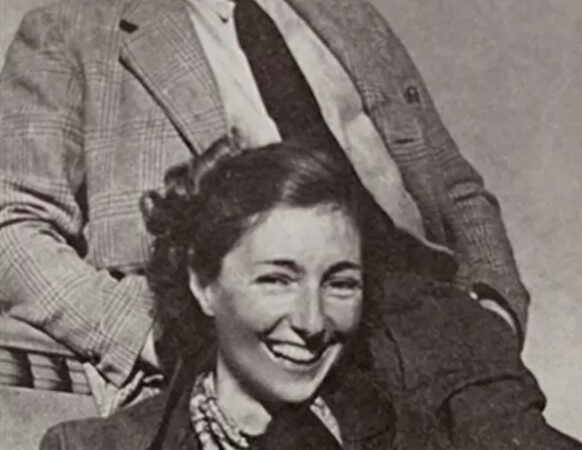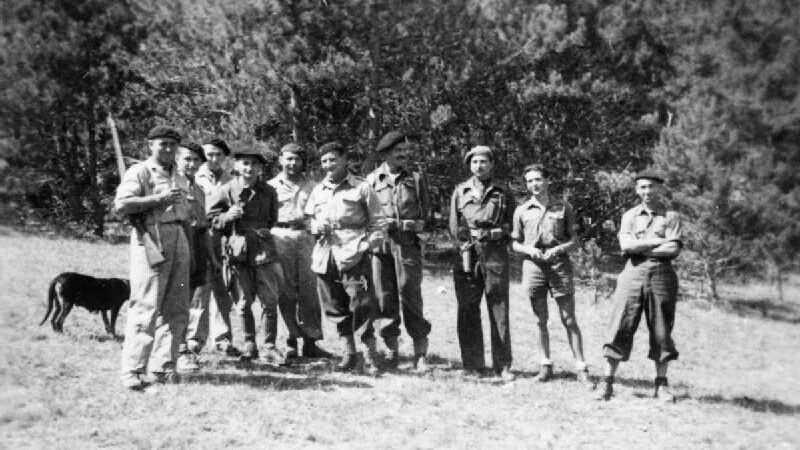Krystyna Skarbek
During the Second World War, she was Poland’s most famous ‘spy in a skirt’. A Polish aristocrat on her father’s side, Skarbek’s mother had Jewish ancestry. Still, her incredibly successful career in espionage has yet to find the recognition it deserves. She was killed in very suspicious circumstances at the age of 44, ‘Countess stabbed to death in London,’ wrote the New York Times.
Krystyna Skarbek in her youth
Krystyna Skarbek was born on 1 May 1908 as the fruit of a very scandalous mésalliance. In late December 1899, in a bid to save his finances, her father, Count Jerzy Skarbek, married Stefania Maria Goldfeder, a rich Jewish woman whose father was a Warsaw banker. The bride’s considerable dowry allowed Skarbek to pay off his debts and maintain his lavish lifestyle for some time without the need for permanent employment. Skarbek’s contribution to the marriage, on the other hand, was his noble pedigree. His family had been known since as early as the 12th century, thanks to Jan of Góra, who raised the future prince Bolesław III Wrymouth. Krystyna’s father also had familial ties to the Hungarian regent, Miklós Horthy.Count Skarbek’s first child was a son, Andrzej, and then the future secret agent was born eight years later. Krystyna was baptised under field conditions. Her official church baptism certificate comes from 1913, and lists Warsaw as her place of birth. When Krystyna was four, her entire family moved to the count’s family estate in Trzepnica. She was a ‘daddy’s girl’, and her father taught her to ride horses, which she did astraddle like a man, in contrast to most women, who rode sidesaddle. As a ten-year-old girl, she met her future love in the stables, Andrzej Kowerski.Her homeschooling finally came to an end when she was sent to school, where she attended fifth grade. Krystyna graduated in 1926, at the age of 18. The Skarbek family soon fell on hard times, and were forced to sell their Trzepnice estate. Krystyna’s father died after a long illness in 1930. Her mother’s Jewish relatives were unable to render any assistance, as their family bank eventually went bankrupt and closed in 1932.
Krystyna Skarbek in her later life.
The writer, Arkady Fiedler, noted that, ‘she was a young woman of unusual beauty and a tumultuous history. Although she was temperamental, we remained friends; I preferred to build a pleasant atmosphere full of fun and wild whimsy with her at a restaurant or dance hall table, rather than to dally with her. Krystyna was incredibly charming and intelligent, but also fraught with strange insecurities; she had both her noble eccentricities and bouts of snobbish pouting.’The beautiful countess had no dowry, and thus had to look for a source of income, which she found at the offices of a Fiat car dealership. That is where she met her first husband, Gustaw Gettlich, an entrepreneur of German descent hailing from a wealthy Łódź family. The two were married in the Seminary Church in Warsaw on 21 April 1930. Gustaw was a workaholic, however, and the couple split after only half a year of marriage. In 1930, Krystyna was placed second in the Miss Poland contest. She was a slim and very graceful brunette.After the divorce, she resumed her job at the Fiat office. Working there, she fell ill due to the exhaust fumes emitted during the car testing. The doctors initially suspected tuberculosis, the illness that her father had died of. Skarbek received a payout from her insurance company, and was ordered to spend as much time outdoors as possible. Afterwards, she repaired her health by hiking in the Tatra Mountains, and working as a journalist in Cieszyn. During that time, she was suspected of smuggling cigarettes. Skarbek was an excellent skier, and even won the title of Miss Ski. She had learned the skill from her father while she was still a child.In 1931, she met her second husband at a ski slope, who literally saved her from a dangerous fall. Jerzy Giżycki was a writer, diplomat and traveller, and was nearly 20 years her senior. He was also wealthy, and had many international connections. Born to an affluent Polish family from Kamieniec Podolski, he studied Law and Sociology. Before 1914, he lived in America, where he earned a living as a prospector, logger and cowboy, as well as working as a chauffeur for John Rockefeller, the millionaire. After the end of the First World War, Giżycki worked as a secretary at the Polish legation in Washington. He was responsible for organising the Polish athletic team’s travel to the 1924 Paris Olympics. Two years later, Giżycki embarked on the journey of his life, when he was hired as a secretary and photographer to the writer Ferdynand A. Ossendowski during his journey to Africa. Giżycki fell in love with the continent and visited it frequently afterwards, as well as using it as the setting of several of his adventure books aimed at young people.Jerzy and Krystyna were married in November 1938. A year later, to her mother’s displeasure, Krystyna moved to Africa with her husband, who was offered a position at the Polish embassy in Abyssinia. However, the living conditions there proved difficult, and Giżycki himself was mercurial, eccentric and despotic. Arkady Fiedler noted that, ‘he was still beautiful and beguiling, aquiline, but impossibly gloomy and capricious, and so naturally the marriage was bound to fall apart quickly.’After the outbreak of the Second World War, the couple returned to Europe by ship. They were separated in France, but the divorce was only finalised in 1946. Giżycki was rejected by the military due to his poor health, and was later appointed deputy consul general in London. He later lived in Canada and Mexico, where he passed away in 1970.By 6 October 1939, Krystyna had already reached London. She wanted to join the British intelligence service, for which she was recommended by the journalist, Frederick Voigt. Arkady Fiedler suspected that she had worked for British Intelligence even before the war, as she had often been seen in public with a British agent in the 1930s, and frequently visited her relatives in England.On 21 December 1939, now as a British agent, she was sent to Hungary, where she pretended to work as a journalist for two years. She published her articles in the British magazine, Nineteenth Century and After. Classified reports describe her as an ‘impassioned Polish patriot, an experienced skier and a big and completely fearless adventurer’. She helped Polish prisoners escape Hungary, smuggled numerous radio stations to Poland and collected intelligence, as well as working together with the Musketeers, a Polish underground organisation. Skarbek also worked with her childhood friend, Andrzej Kowerski, with whom she was in a relationship for several years.In mid-1940, she met her mother in Warsaw, but was unable to convince her to flee the country. Stefania was later killed in the prison on Pawiak Street in January 1942.
Krystyna with Andrzej Kowerski
In January 1941, Skarbek and Kowerski were arrested by the Gestapo in Budapest. She was successful in pretending that she was suffering from tuberculosis, resulting in the two being released, but they were still forced to leave Hungary in fear of their safety. The couple used a car to flee to the Near East. By that time Skarbek had already been using a fake passport, according to which her name was Christine Granville, and her date of birth was also different, as she claimed to be seven years younger. While still in Hungary, she relayed important intelligence materials, some of which was related to Operation Barbarossa.Skarbek spent one and a half years in Cairo. However, due to being suspected of treason, she and Kowerski were not involved in any important espionage operations during that period. Instead, the couple spent their free time doing sports and socialising intensively. In June 1941, they were officially discharged from the British intelligence service. At the time, Krystyna was described as ‘too extravagant to effectively operate undercover.’The two received only small salaries, insufficient for them to sustain themselves. Krystyna did not want petty jobs, but she was unpopular with both the British and Polish intelligence agencies at the time. It was not until 1944 that she was given a task that matched her skills – she was trained as a paratrooper. Her superiors had suddenly remembered that she spoke perfect French, which is why she was airdropped in France under the name of Pauline Armand on 6 July 1944. That is where she performed her most spectacular feats during World War II. She bravely saved several French intelligence agents held in a German prison from being executed. To do so, she met with the commander of the local Gestapo unit, whom she was able to convince with the help of her personal charm and a bribe of two million francs.In addition, she was able to get several dozen Poles to desert from the Wehrmacht. She was very keen on joining the Warsaw Uprising, but her British superiors forbade her from doing so. In early 1945, Skarbek and Kowerski were to be airdropped into Poland as part of Operation Freston, which was ultimately cancelled. She was ultimately demobilised in April 1945. Despite her achievements as an intelligence officer, the British government hung her out to dry. She received an embarrassingly low severance pay of 100 pounds, even though Prime Minister Winston Churchill had previously called her his ‘favourite spy’.Skarbek was now left without any means to support herself. She could not count on the support of her second husband, whom she had divorced in mid-1946, and her relationship with Kowerski was also on the rocks. She tried to find stability in Kenia with the help of Michael Dunford, an old friend, but she failed to obtain a work permit. Humiliated, she returned to London, where she worked at such venues as Harrods, a telephone exchange, as well as making a living as a waitress and a hotel housekeeper.Skarbek was granted British citizenship in December 1946. She eventually found work as a stewardess on board two passenger ships sailing to Africa, which turned out to be another source of humiliation. Just like every other crew member, she had to wear every medal she had been awarded during the war. Their rank and number was impressive, and included a George Medal, an Order of the British Empire and France’s Croix de Guerre. This earned her the enmity of the rest of the crew, who began to harass her.During her work at sea, she reportedly met the former British agent, Ian Fleming, although there are no documents to confirm this. Their year-long affair is most likely a fabrication, as is the theory that Skarbek served as the basis for Vesper Lynd, a character from Fleming’s first James Bond book, Casino Royale.However, we do know that it was on a ship that she met her future biographer, Madeleine Masson. Skarbek’s other relationship from that period proved literally deadly. Steward Dennis Muldowney protected Skarbek from the rest of the unfriendly crew, but eventually also fell obsessively in love with her. We do not know if the two were in a relationship, but Krystyna eventually cut contact due to him being ‘stubborn and terrifying.’ She was planning to move to Germany and perhaps once again get in touch with Kowerski.On 15 June 1952, tragedy struck, however. The unwanted suitor proposed to the former agent, and when she rejected him, he attacked her with a knife. She died the same day in hospital. Her murderer was promptly arrested and sentenced to death. He pleaded for the sentence to be carried out as quickly as possible, so that he could ‘rejoin his beloved in the afterlife.’ Muldowney was hanged on 30 September 1952.The story of the murder still raises suspicions, as some believe that Muldowney’s mental instability had been exploited to once and for all silence an agent who knew too much about the inner workings of wartime intelligence.Krystyna Skarbek was buried at the Roman Catholic St Mary’s cemetery in London. Kowerski defended her reputation for many years after her death. In 1971, a chest containing Skarbek’s personal effects was purchased from the hotel where she died. The chest contained documents, medals, clothes and her famous dagger, which are currently in the possession of the Polish Institute in London. Kowerski passed away in 1988, and was buried in accordance with his will – in the same grave as his love. The brilliant British agent, Vera Atkins, called Skarbek ‘very brave, very attractive, but a loner and a law unto herself.’


